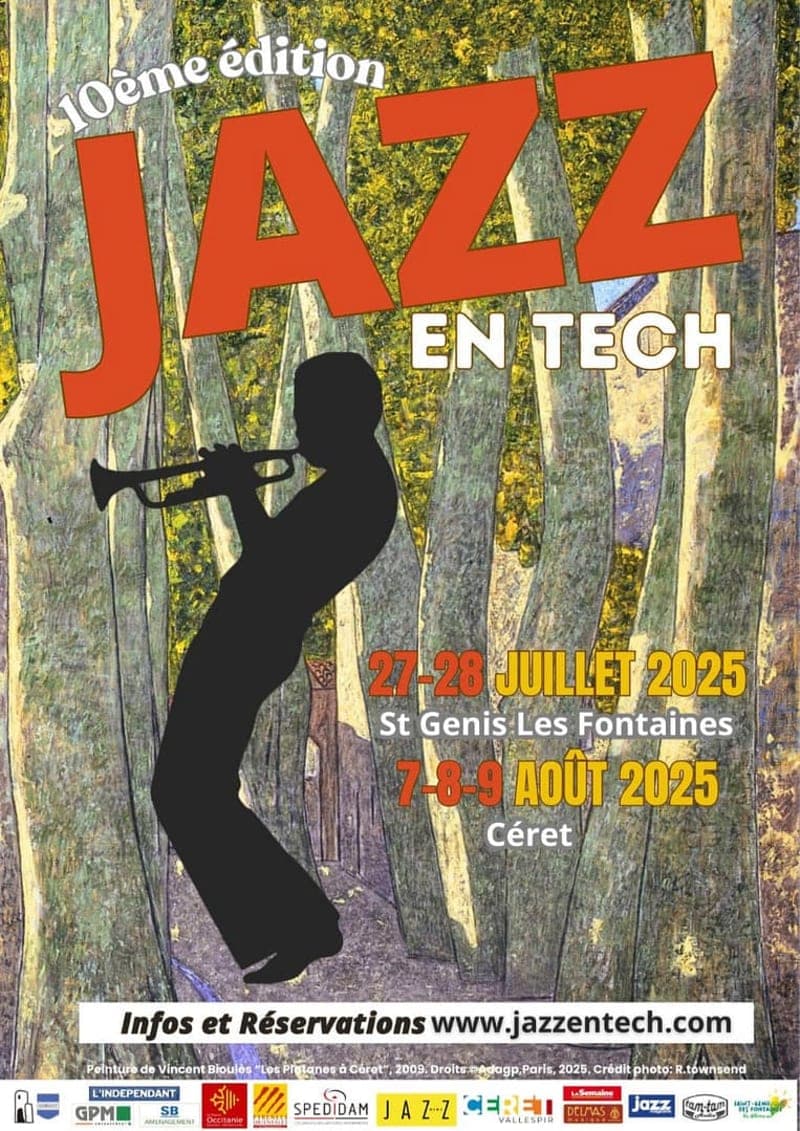Saint-Genis-des-Fontaines
• Manu le Prince
• Florin Gugulica

Découvrez les artistes exceptionnels de cette 10ème édition
Du 6 au 9 août le jazz vivra dans les rues de Céret
Saint-Genis-des-Fontaines
Céret
Une expérience musicale immersive qui repousse les frontières de l'art.
Découvrir notre visionDécouvrez en vidéo les têtes d'affiche de cette 10ème édition
Découvrez les artistes qui animeront les rues de Céret
Réservez vos billets dès maintenant pour vivre Jazz en Tech 2025
Réserver mes billets